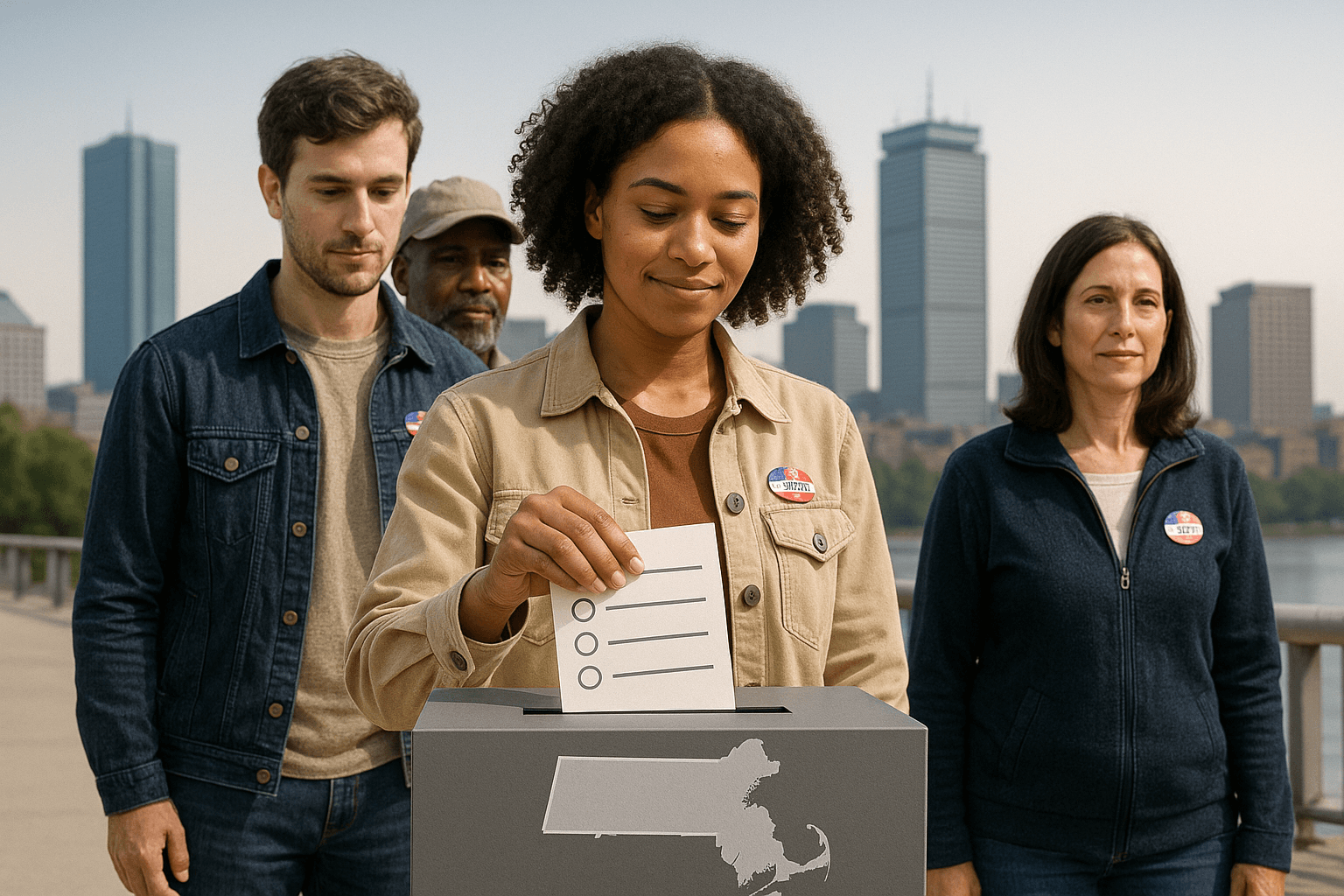New York Voters Overwhelmingly Pass Ranked Choice Voting

New York will join over a dozen cities across the country that use ranked choice voting (RCV). Voters overwhelmingly approved Question 1 on Tuesday, November 5, with 72% of the vote. Question 1 implements ranked choice voting for city elections starting in 2021.
Question 1, an initiative that was spearheaded by Common Cause New York, gives voters the ability to rank up to 5 candidates in each race. If no candidate gets 50%+1 of the first choice selections, automatic rounds of runoff are conducted until a candidate has majority support.
Think of it as showing how voters would behave in the event of one or more runoff elections were to be held should no candidate get majority support on Election Day, without the additional cost, use of resources, or burden on voters.
Turnout in runoff elections drops significantly compared to election day. FairVote found that in congressional primary elections that require a later runoff, turnout drops — on average — 36%. For local races, this drop is far more significant.
This means not only are taxpayers paying for an additional election that draws much fewer voters, but that a much lower turnout is deciding the race. Advocates for ranked choice voting argue that RCV guarantees a majority winner when the most voters participate.
Other benefits that advocates say ranked choice voting has on the process is that by allowing voters to rank their preferences instead of just choosing a single candidate, it:
- Gives citizens greater confidence to select their true top choice without feeling they have to vote strategically for a “lesser evil,” thus splitting the vote;
- As voters feel more confident in their vote, advocates point to historical evidence of higher turnout under RCV; and
- RCV creates a healthier, less divisive campaign environment as candidates campaign for voters’ second or even third choice.
New York City, with a population of over 8 million people, is the largest jurisdiction to pass ranked choice voting to date -- following Maine's historic efforts in 2016 and 2018.
 Shawn Griffiths
Shawn Griffiths

